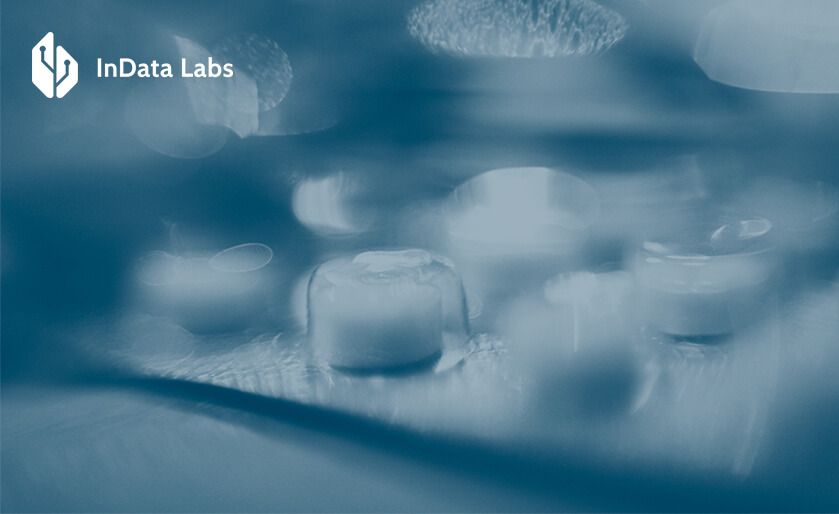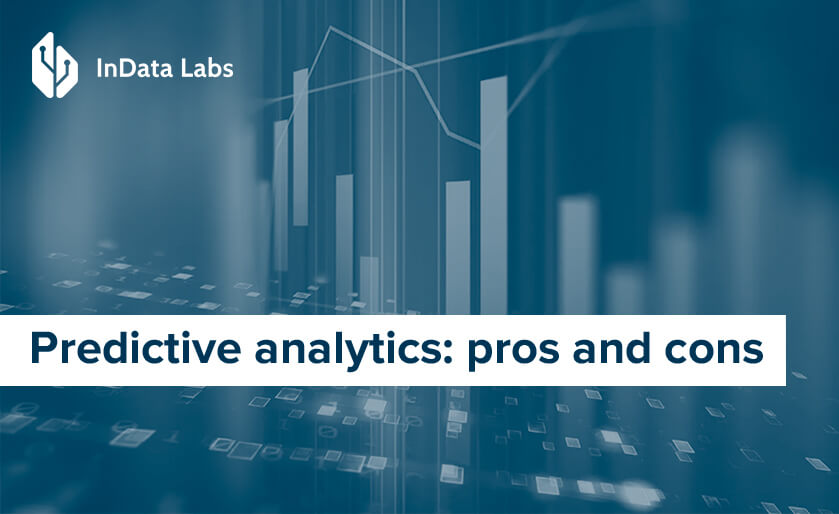According to research, the global market for predictive analytics solutions reached more than $12 billion in 2022 and in 2028, it might go up to $38 billion, with a CAGR of 20.4%.
All the predictive analytics examples you will find below showcase what possibilities it can provide to an organization. Utilizing advanced predictions will be one of the most promising trends for the upcoming years and a must for companies that want to invest in business development.
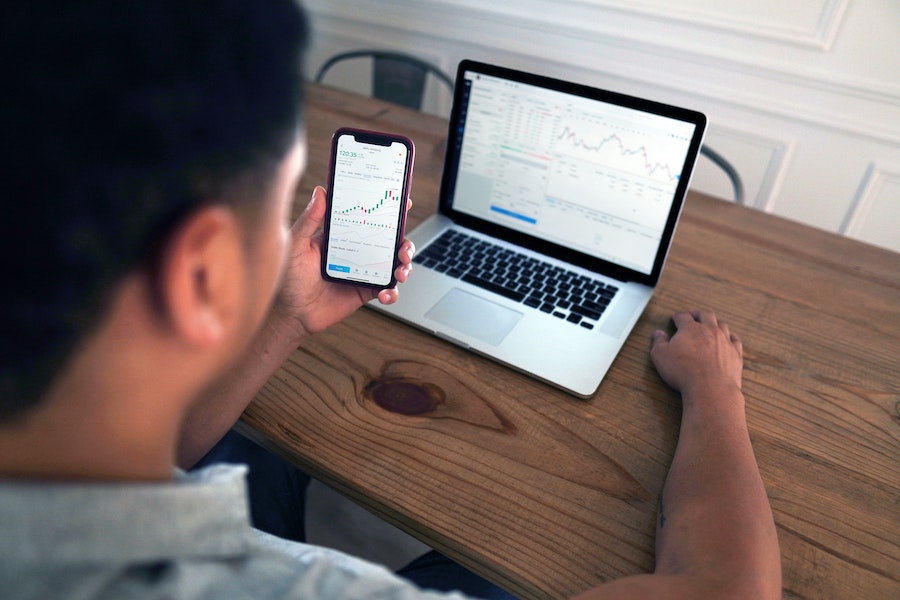
Source: Unsplash
It’s not surprising that predictive analysis is so popular. It offers a plethora of benefits to various industries and is one of the best tools for preparing successful strategies.
In this article, we explain what it is exactly and how it applies to different business objectives.
What is predictive analytics?
Predictive analytics is the science of using historical data to make predictions about future events. It is a branch of artificial intelligence that utilizes certain algorithms to detect tendencies in large data sets and forecast upcoming possibilities.

The idea that to some extent we can predict the future based on previous occurrences is not invalid. We live in a world that could be considered highly unpredictable, but at the same time, there are many patterns that happen in nature and human-created areas of life that can be somewhat anticipated. No wonder people want to harness this “superpower” to improve their business and personal decisions.
However, it is important to remember that predictions are never 100% accurate. There is always some uncertainty involved, and it strongly depends on the amount of data we have at our disposal, its quality, and the methodologies used for analysis.
What are predictive analytics models?
There are many different types of predictive analytics models, but they all share one common goal: to help their users plan their actions and strategize them better. By understanding the past and present, we can be prepared for the future and eliminate many problems before they even happen.
Here are the most popular predictive analytics models:
- Classification model: Used to identify which category a new observation belongs to, based on a set of training data. It’s commonly used for “yes or no” dilemmas.
- Clustering model: Used to group data points based on the similarity of attributes. Often utilized in marketing campaigns for segmenting clients into groups with alike interests and buying intents.
- Forecast model: One of the most popular models used by businesses that want to predict future events based on many parameters. For example, it can be perfect for retailers that want to know how to plan their manufacturing process. The model will include unusual factors like seasonal sales, too.
- Outliers model: Unlike previous models, this one is utilized to detect unusual data points. Its purpose is to deliver data on anomalies within provided data sets, which is often taken advantage of in cybersecurity and fraud prevention.
- Time series model: As the name states, this model puts its predictions in a specific timeframe. It’s great for finding out how business scaling can influence the company’s growth over a certain period.
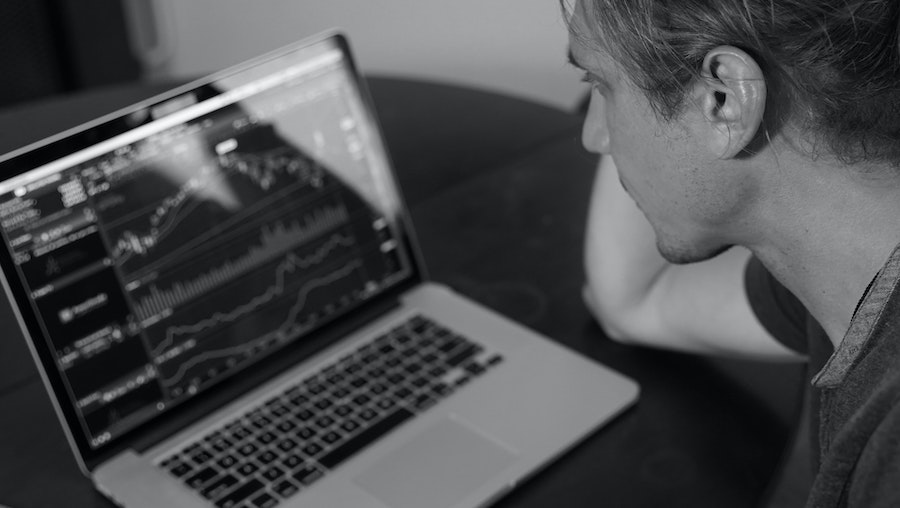
Source: Unsplash
Predictive analytics can be applied to almost any type of data, structured or unstructured. These models can be built using data-mining algorithms (such as classification trees), statistical modeling techniques (such as different types of regressions), etc. They are usually based on one of the two main artificial intelligence algorithms – machine learning and deep learning (which is a subset of machine learning).
What is predictive analytics used for?
Forecasting future events using predictive analytics is extremely useful in many different contexts, ranging from business and finance to politics and social science. The data can come from a variety of sources, including surveys, transaction history, social media, and more – depending on the company and the type of activities they do on a daily basis.
Some common applications include:
- Forecasting consumer behaviors
This can be used to help businesses make decisions about marketing, product development, and more.

Source: Unsplash
- Predicting customer retention
Businesses can use this data to determine which customers are most likely to leave, allowing them to offer targeted discounts.
- Fraud detection
Protects businesses and their clients from fraudulent activities.
- Determining financial trends
Supports investors in making the right decisions about where to allocate their money within the market.
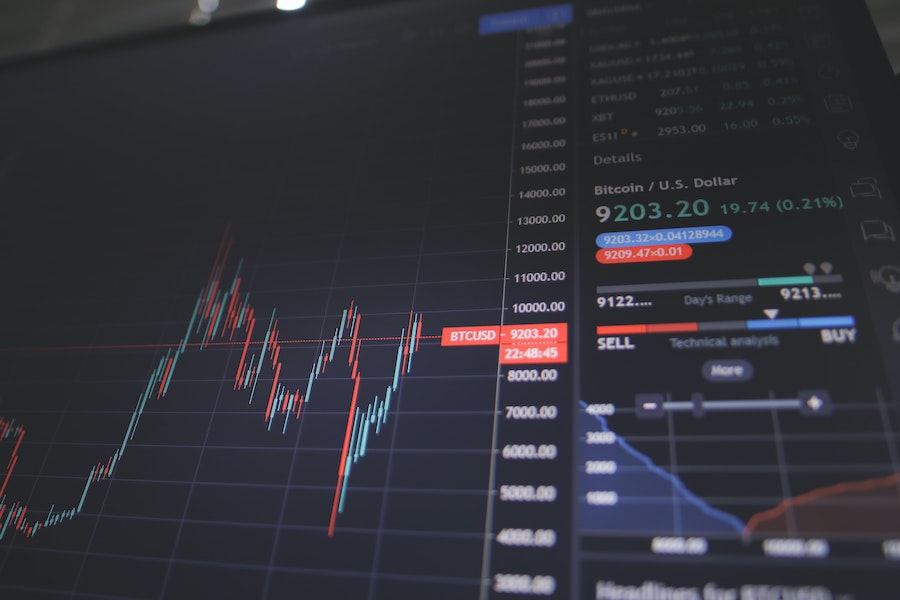
Source: Unsplash
- Political forecasts
In this case, predictive analysis allows specialists to understand voter behaviors and predict election results.
- Targeted marketing
Segmenting customers, preparing tailor-made campaigns, and adjusting them to current circumstances are easier.
Providing products or services based on past behaviors is considered one of the most successful approaches to growing loyalty among clients.
More ways of using predictive analytics will be discussed in the further part of this article when we provide examples of it in various industries.
What is the difference between data analytics and predictive analytics?
There is a lot of confusion around data analytics and predictive analytics terms. We’ve decided to provide a quick breakdown of the differences to erase any doubts. Data analytics is all about understanding past behavior. It involves analyzing data to find trends and patterns, while predictive analytics goes a step further. It uses those trends and patterns to predict future behavior.
Predictive analytics is considered more complex than data analytics. It requires additional skills and knowledge, including statistics and the ability to work with particular algorithms.

What is the difference between forecasting and predictive analytics?
Another problem arises when you want to tell the difference between forecasting and predictive analytics. They are both used by businesses to gain insight that could be useful for the future. The nuances between them are subtle but significant.
Forecasting is a prediction of what will happen based on past performance. On the other hand, predictive analytics is using historical data along with other factors that come from various sources of information. It analyzes numerous things to display the full picture of what can be expected in a certain situation.
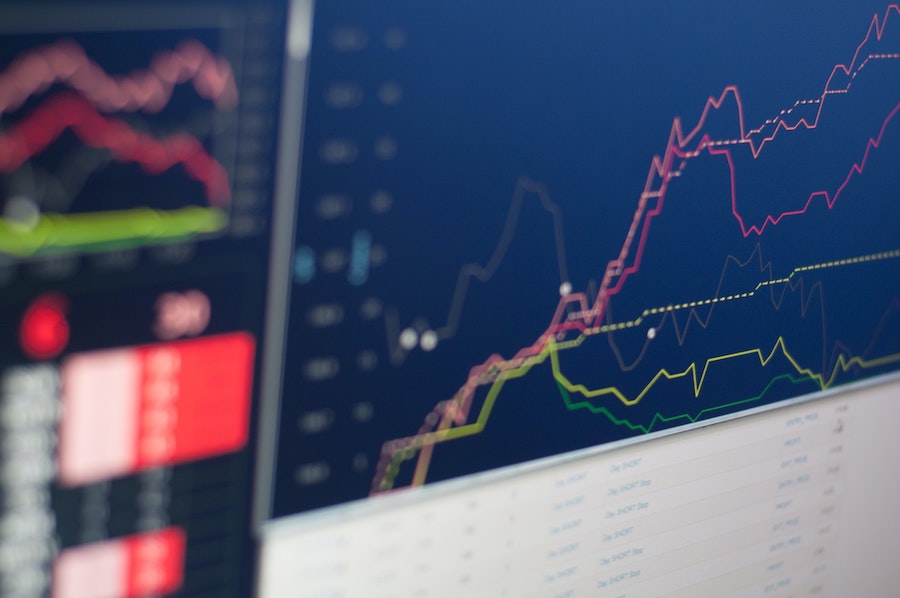
Source: Unsplash
It’s difficult to define a precise time frame for a forecast, but typically specialists provide a range of potential outcomes rather than a single value. Predictive analysis is more detailed and can be used to determine how likely certain events will occur.
8 examples of predictive analysis in various industries
Predictive analysis can be used by almost any company that wants to improve operations and boost work to achieve better results, no matter what industry it operates in.
We wanted to take a closer look at the main areas of business that thrive thanks to taking advantage of historical data. Here are our findings.
Retail & E-commerce
Retailers use predictive analytics to determine which products will sell well in their stores based on past sales data, demographic information, and other factors such as weather or even what’s trending on social media networks.
This allows them to plan out their inventory for each store location so that it’s always well stocked with what people want at any given time of year or week of the month. It also helps retailers decide where they should put new locations, which new customer groups they should reach out to, and what new products should they introduce to their stores.
E-commerce stores also utilize predictive analytics to advertise their inventory better and grow sales.
For example, Amazon analyzes tons of Big data entries to produce the best possible product recommendations. Online shops can not only make us buy more thanks to this technology but also deliver the most customer-centric experience, which is crucial to winning with competitors.

Source: Unsplash
Finance
The financial sector uses predictive analytics to determine which customers are most likely to default on loans or credit cards. This helps lenders make better decisions about their borrowers and improve their profitability. It also helps banks avoid making risky loans that could hurt their reputations and bottom lines if they go bad.

Source: Unsplash
In addition, predictive analytics can be used in fraud detection and prevention. Financial institutions can use predictive models to identify fraudulent transactions and stop them from occurring before they do any damage.
Basically, the most problematic financial situations within a bank or a company (like delayed payments or additional expenses) can be avoided if the historical data is analyzed and applied to current conditions.
Healthcare
Predictive analytics can help healthcare organizations improve their operations, from patient care to billing and more. Hospitals use predictive modeling techniques such as neural networks and regression analysis to determine which patients are at risk of developing certain diseases or conditions. If they know who these patients are, they can provide them with preventive care and individual treatment before they get sick or injured.
The most spectacular cases of utilizing predictive analytics in healthcare regard hospital readmissions. One place reduced them by 40% within 18 months which is an impressive result. What’s important is that the approach based on historical data analysis and future forecasting can positively influence people’s health on a large and small scale alike. Observing nationwide trends can help governments introduce laws dedicated to improving the population’s health.

Source: Unsplash
Manufacturing & production
The manufacturing industry is one of the more prominent niches that use predictive analytics for many purposes.
Let’s say your company manufactures car parts. You can use predictive analytics to determine which ones will be needed the most, what aspects of the process need optimization, and how to assign tasks to workers to make production faster with high-quality results.

Source: Unsplash
Algorithms in this sector analyze data to help enterprises save time and money by preventing customer complaints or returns due to malfunctioning products.
Here are the main business areas where predictive analytics comes in handy for that industry:
- Predictive maintenance
- Optimizing inventory management
- Process improvement
- Demand forecasting
- Supply chain management
- Quality control
- Sales forecasting
- Sales performance measurement
Insurance
The insurance industry is one of the largest and most regulated industries in the world. The complexity of this sector makes it an ideal candidate for predictive analytics. Many insurance companies use it to improve their risk assessment capabilities, which leads to better underwriting decisions and reduced operational costs. It also helps them improve fraud detection which is crucial for this particular area of business.
Like other companies, insurance providers also use predictive analytics to create personalized marketing campaigns, improve customer retention, and optimize the sales process. It’s a complex realm, but all insurers, no matter if they work with individual clients or companies, can take advantage of predictive analysis.

Source: Unsplash
Marketing
Marketing teams use predictive analytics to target advertisements based on the online behaviors of their leads and customers. This way they can spend less money but convert more prospects. The technology also enables marketers to create more personalized experiences for customers, helping them get products and services more precisely matched to their needs.

Source: Unsplash
Netflix is one of the outstanding examples when it comes to marketing based on historical data. They do not only provide highly personalized content recommendations but also try to forecast the popularity of their movies and shows, as well as optimize content production and other internal business processes.
Energy
The energy sector is one of the largest and fastest-growing industries in the world. It’s also one of the most complex, with a variety of stakeholders involved in everything from extraction to distribution. The ecological factor, which is so important when taking the condition of our planet into consideration, means that utilizing technology to achieve the best possible results is a must.
That’s why, in order to accurately predict demand and supply, analysts must understand not only the weather patterns but also how human behavior can change due to environmental factors such as extreme temperatures or hurricanes. Predictive analytics in that sector is harnessed to predict when certain sources will run out and to find out how to distribute the energy in the most efficient way.
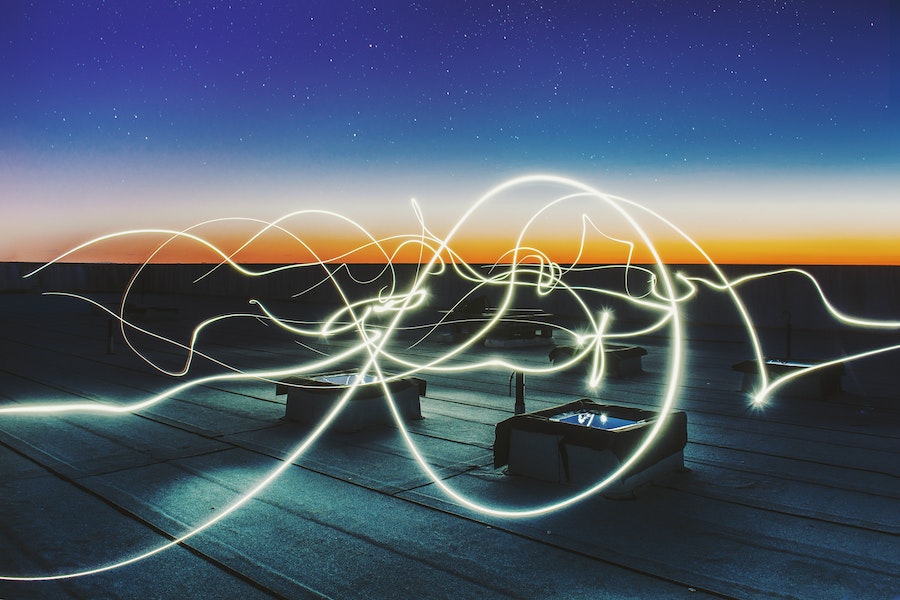
Source: Unsplash
Weather
The weather sector is one of the most obvious examples of how predictive analytics can be applied in a real-world setting. This industry is already dominated by big data, and the amount of information that needs to be processed continues to grow exponentially. For example, The Weather Company, which was acquired by IBM in 2016 and runs on their cloud services, collects 400 terabytes of data on an average day.
That allows meteorologists to make accurate predictions about weather patterns, so they can provide better advice and guidance for individuals, businesses, and governments alike. For example, knowing how much it will rain in a certain period helps farmers decide on planting crops. Additionally, knowledge about extensive sunshine allows newscasters to warn viewers about the need to wear sunscreen and drink more water.

Source: Unsplash
Conclusion
Predictive analysis is a universal discipline that can support people and brands in numerous aspects. This technology provides companies a chance to grow, but it’s not the only benefit it offers.
Thanks to analyzing historical data and drawing conclusions from it, we could change how the world operates, make people’s lives better, and prevent many negative events or delay the consequences of what we already did. Being aware of predictive analytics solutions is the first step to using them for various activities you and your company perform every day.
Predictive analytics to streamline your line of business
In need of trusted predictive analytics experts? Contact us, and we will discuss your needs and help you introduce predictive analytics in your organization.


